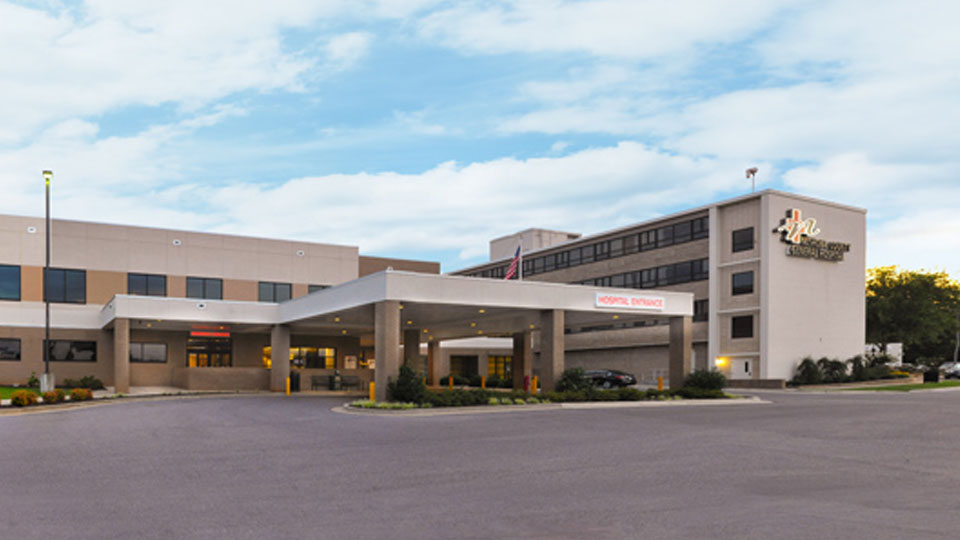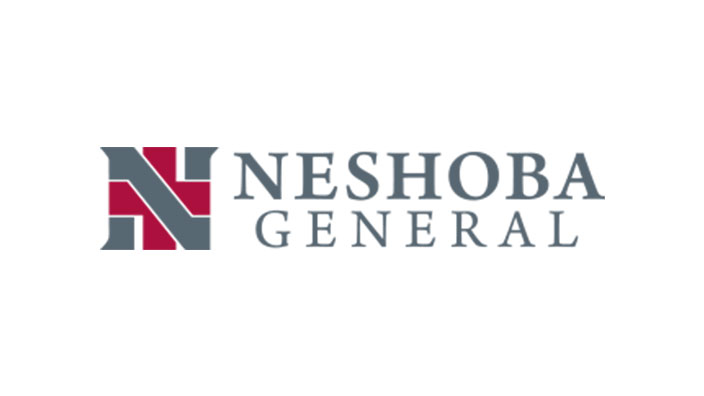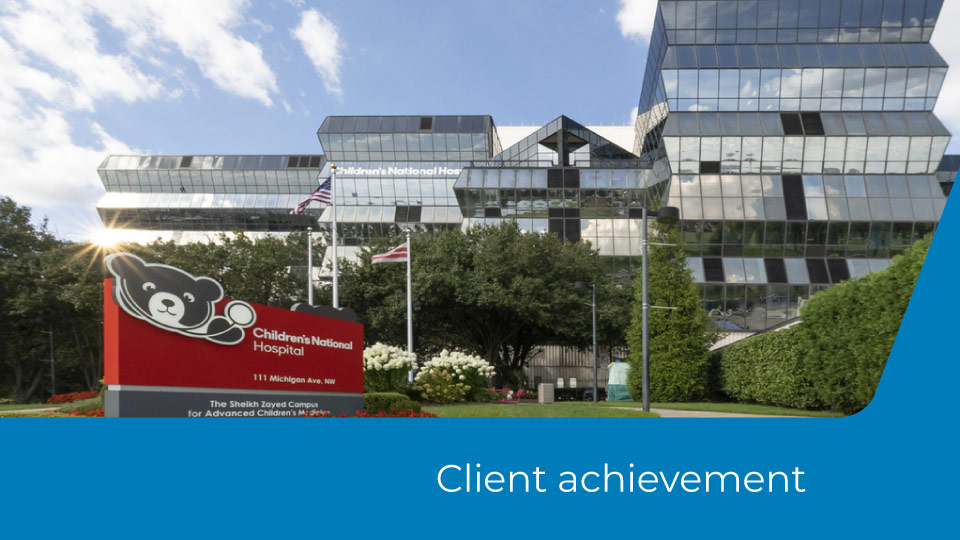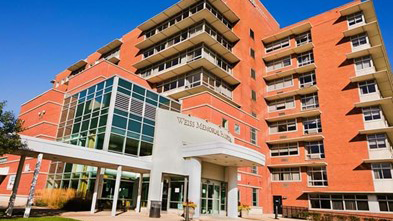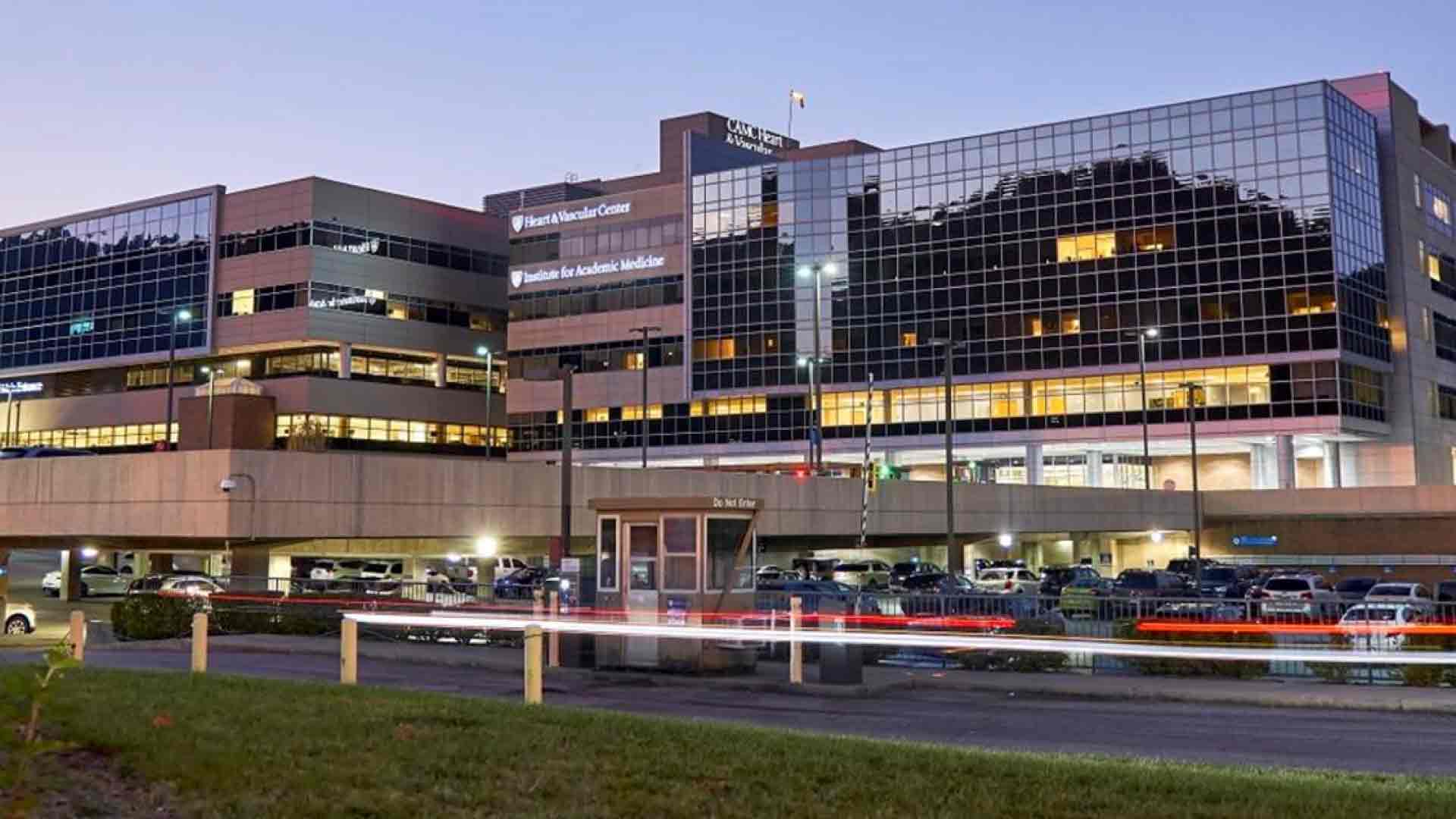When leaders at Philadelphia, Mississippi-based Neshoba County General Hospital faced challenges in their revenue cycle billing and payment efficiency, they knew they were ready to make a change. In April 2020, Neshoba General turned to the Cerner Revenue Cycle℠ team for assistance.
“We had difficulties with biller work queues and workflow, action code issues and electronic payments posting with incorrect billing aliases,” said Wesley Parker, billing supervisor. “We also had problems corresponding with other departments through work queues and sending accounts to the collection agency.”
The resulting engagement leveraged Cerner Revenue Cycle Surveillance tooling to allow Neshoba General and Cerner to work through a variety of key performance indicator (KPI) improvement recommendations surrounding payment posting and denials management. The Cerner optimization methodology was instrumental in identifying configuration opportunities and workflow improvement opportunities, so Neshoba General could improve these complex processes.
“The Cerner team set up additional work queues and workflows and stopped posting denials that were not true denials,” said Parker. “They provided revenue cycle training, which helped alias posting, action codes and claim rules that affected our billing.”
Neshoba General evaluated Cerner results in all revenue cycle areas including payment posting, health plan master, eligibility and denial management to assist Neshoba General in its effort to improve KPIs. The payment posting recommendations focus on helping employees spend fewer hours manually posting transactions. This process supports posting accuracy and uplifts reporting while reducing accounts receivable (A/R) days.
After implementing the Cerner Revenue Cycle payment posting optimization tool in conjunction with training efforts and a collection agency build to allow for bad debt collection, Neshoba General lowered its A/R days by 52.9% and decreased its A/R balance by $6.8 million.2
In addition to reducing A/R, Neshoba General increased average daily revenue (ADR) by 37.9%.3
“The Cerner team provided employees with necessary training on how to properly use work queues and what action codes were needed,” said Mary Jenkins, patient financial service director. “The team worked with our health information management department, therapy, registration, case management and infusion teams to set up work queues that allowed issues to flow from billers to these departments and be corrected in a timely manner.”
During review, multiple concerns were identified such as inaccurate electronic denial interchange adjustments, denials that were causing additional work, and balances incorrectly rolling to the patient.
“We decreased technical denial work queue lists by more than half.4 With fewer technical denials, billers could spend more time working edits, credit balances and encounter combines,” said Parker.
“With help from the Cerner team, we’ve seen vast improvements in our revenue cycle,” said Scott McNair, chief financial officer. “Much effort was engaged from patient access to denials management, to getting the collection agency process working properly.”
1 Comparing A/R days on June 30, 2020 to A/R days on November 30, 2020
2 Comparing the A/R balance on June 30, 2020 to A/R balance on November 30, 2020
3 Comparing ADR on June 30, 2020 to ADR on November 30, 2020
4 Comparing 5,387 technical denial work queue lists on June 10, 2020 to 2,448 technical denial work queue lists on Oct. 1, 2020

